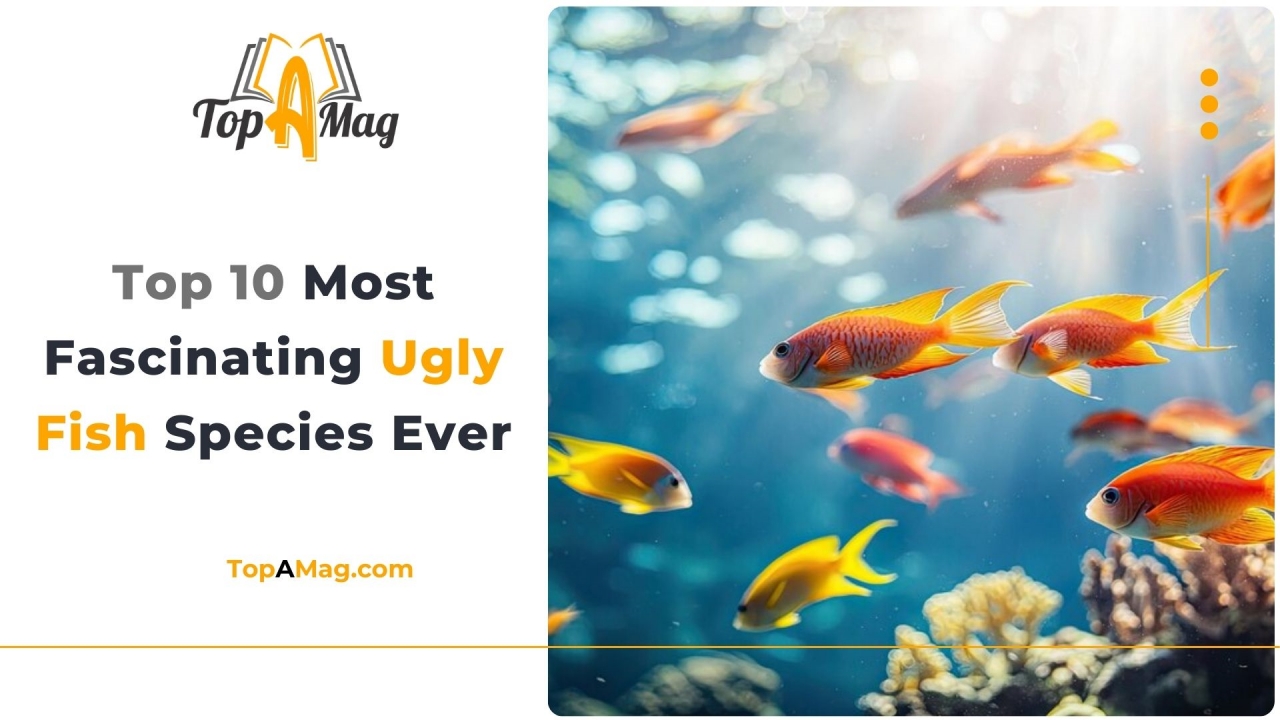The deep blue seas are full of incredible life forms, some stunning and some… less so. Within the ocean’s vast expanse lies a collection of fish that are so visually striking, they are often called the world’s ugliest fish. But don’t let their looks deceive you—each fish plays a crucial role in their respective ecosystems. This article by The Top A Mag Team delves into the world of the top 10 most fascinating ugly fish species, exploring what makes each unique, important, and, in some cases, truly bizarre.
Key Takeaways:
- Fish labeled as “ugly” possess unique features and adaptations, making them visually unconventional but functionally specialized.
- These species play crucial roles in marine ecosystems, from maintaining the food chain to serving as bioindicators.
- Their peculiar appearances result from millions of years of evolution, offering survival advantages like camouflage, predation, and defense mechanisms.
- From bioluminescence to slime secretion, these fish utilize diverse strategies to thrive in their environments.
- Despite their looks, protecting these fish is vital for the health of marine ecosystems and our understanding of oceanic life.
What Makes a Fish Ugly?
Before diving into the list, it’s important to understand what makes these fish so visually unconventional. “Ugly” here refers to fish with asymmetrical bodies, strange features, odd colors, or unusual evolutionary adaptations. Their unique appearances often serve a functional purpose—whether for camouflage, predation, or survival in extreme environments.
The Importance of Ugly Fish in the Ecosystem
While they may not win any beauty contests, these ugly fish species are vital to the marine food chain. Many of these creatures serve as both predator and prey, maintaining the delicate balance of marine life. Their unusual features result from millions of years of evolution, adapting to their surroundings for better survival. Some use grotesque looks to hide from predators, while others use unique appendages to hunt prey. These adaptations make them fascinating examples of nature’s ingenuity.
Meet the Top 10 Ugly Fish Species
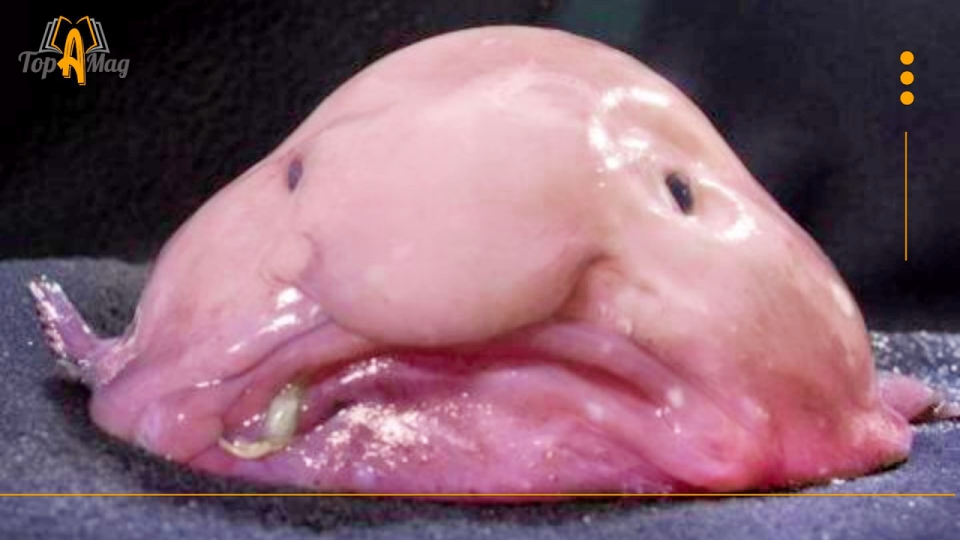
1. Blobfish
The blobfish (Psychrolutes marcidus), perhaps the most infamous ugly fish, lives in the deep waters of Australia and New Zealand. Its jelly-like body is specially adapted to the extreme pressures of the deep sea. When brought to the surface, the blobfish’s body collapses into a gelatinous mass, earning it the title of “world’s ugliest fish.” In its natural habitat, the blobfish looks ordinary, using its buoyant body to hover and catch small crustaceans.
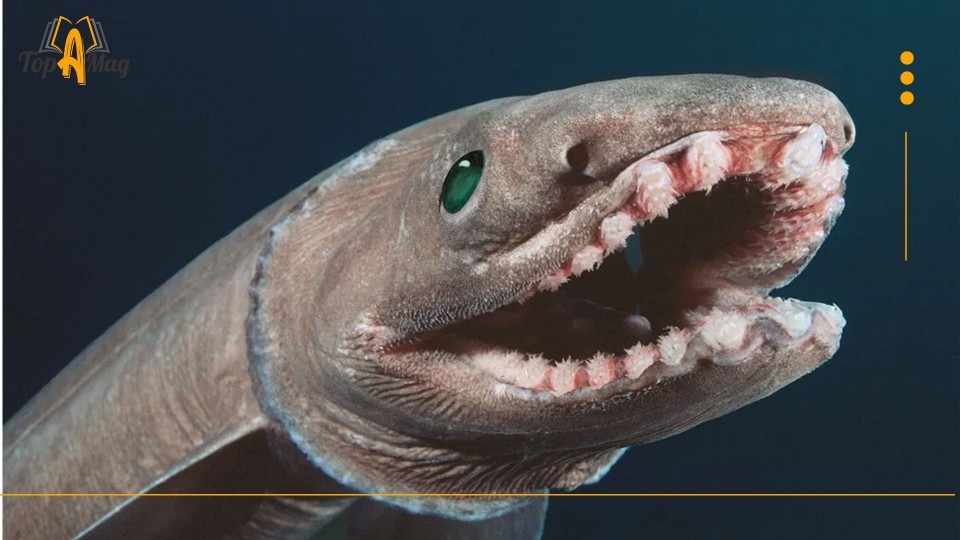
2. Frilled Shark
The frilled shark (Chlamydoselachus anguineus) has been swimming in our oceans for approximately 80 million years, making it a true living fossil. Its snake-like body, paired with six pairs of frilly gills, gives it an eerie, prehistoric appearance. It usually resides at depths of 500 to 1,500 meters. This ugly fish species can grow up to 6.6 feet and has around 300 needle-sharp teeth, perfect for snagging soft-bodied prey like squid. Unlike most sharks, the frilled shark swallows its prey whole, a feat made possible by its large, extendable jaws.
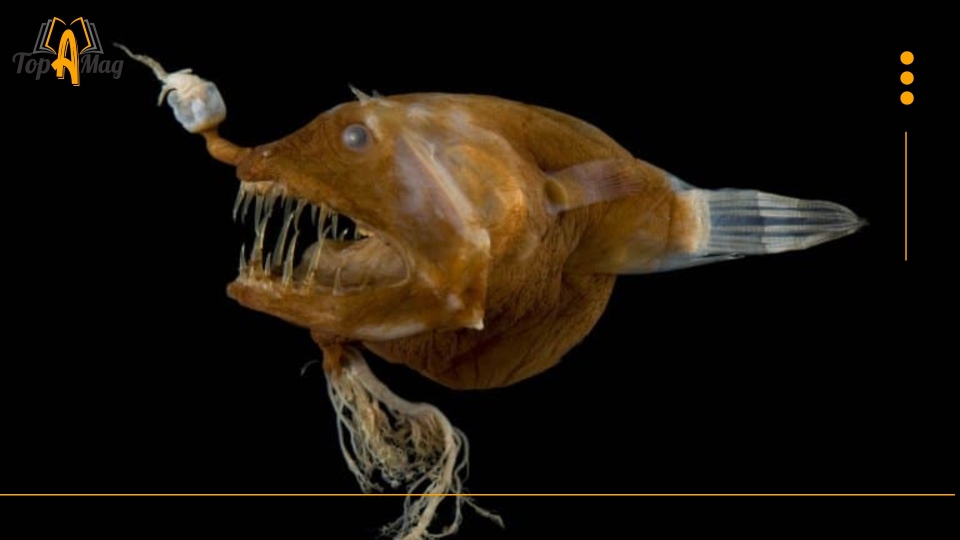
3. Illuminated NetDevil
The illuminated netdevil (Linophryne arborifera), a type of anglerfish, is equipped with a luminescent lure on its head, which it uses to attract prey in pitch-black depths. This ugly fish shows extreme sexual dimorphism; males are smaller and permanently attached to females, losing independence. This bizarre reproductive strategy ensures survival in an environment where finding a mate is extremely challenging.
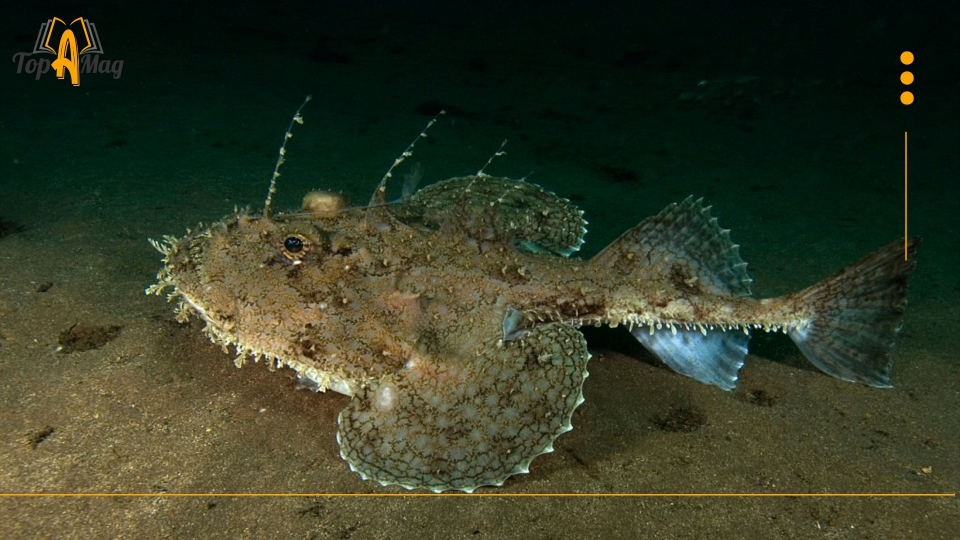
4. Monkfish
Commonly referred to as sea devils, monkfish (Lophius piscatorius) are another example of an aesthetically challenged fish. With enormous mouths and spiky teeth, they lie motionless on the seafloor, waiting to ambush prey. Monkfish have a modified dorsal spine acting as a fishing rod with a fleshy lure to attract smaller fish. Though unattractive, monkfish is a delicacy known as “poor man’s lobster” due to its rich, sweet flavor.
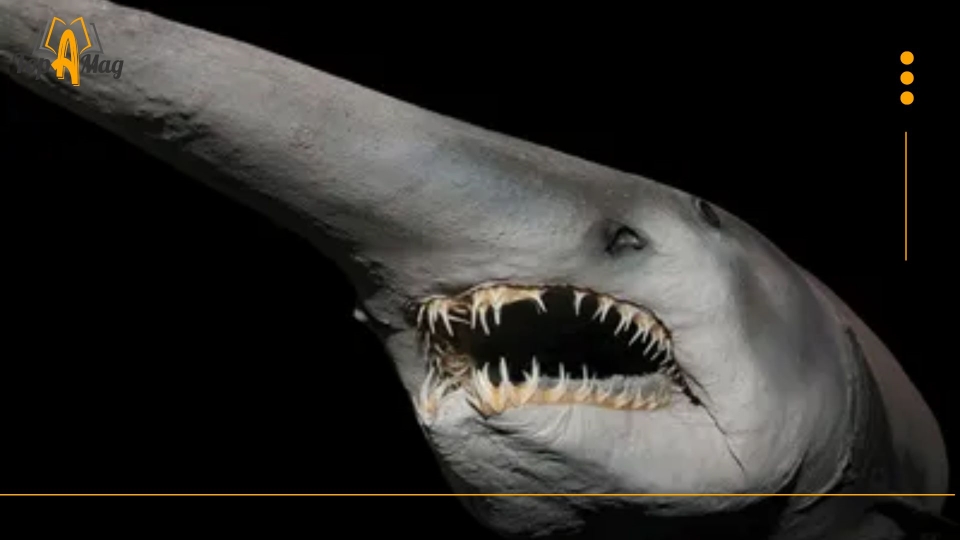
5. Goblin Shark
If the goblin shark (Mitsukurina Owstoni) were to star in a horror movie, it would undoubtedly play the villain. Its most terrifying feature is its jaw, which can protrude forward to grab prey, extending up to three inches beyond its mouth. You can often find it at depths of around 100 to 1,200 meters, and it can grow up to 13 feet long. Its long snout has electroreceptors that detect electric fields, making it a highly effective predator.
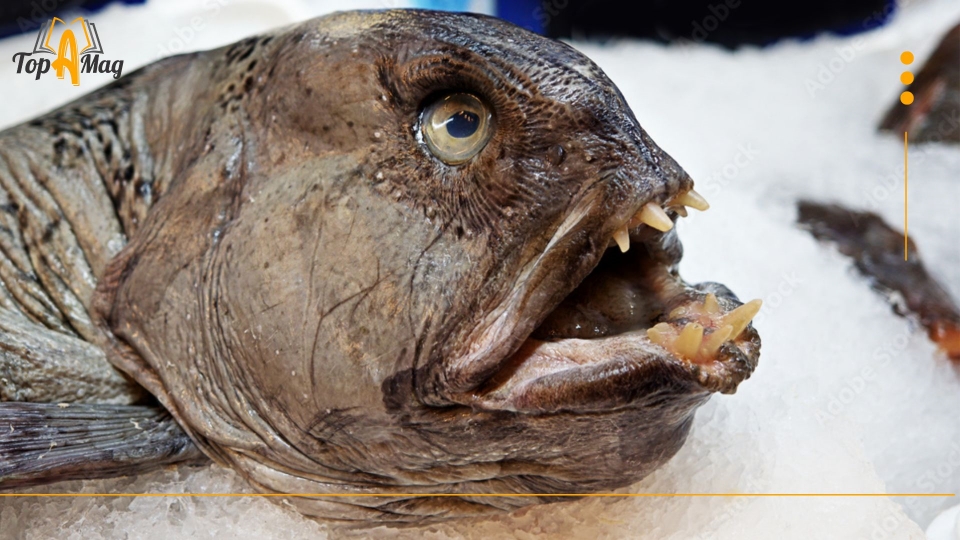
6. Atlantic Wolffish
The Atlantic wolffish (Anarhichas lupus) has an appearance that only a mother could love, with its oversized head, powerful jaws, and rows of sharp teeth. This ugly fish uses its strong teeth to crush the shells of its favorite prey, such as crabs, mollusks, and sea urchins. Wolffish, found in cold North Atlantic waters, are crucial for seafloor health by controlling prey species populations.
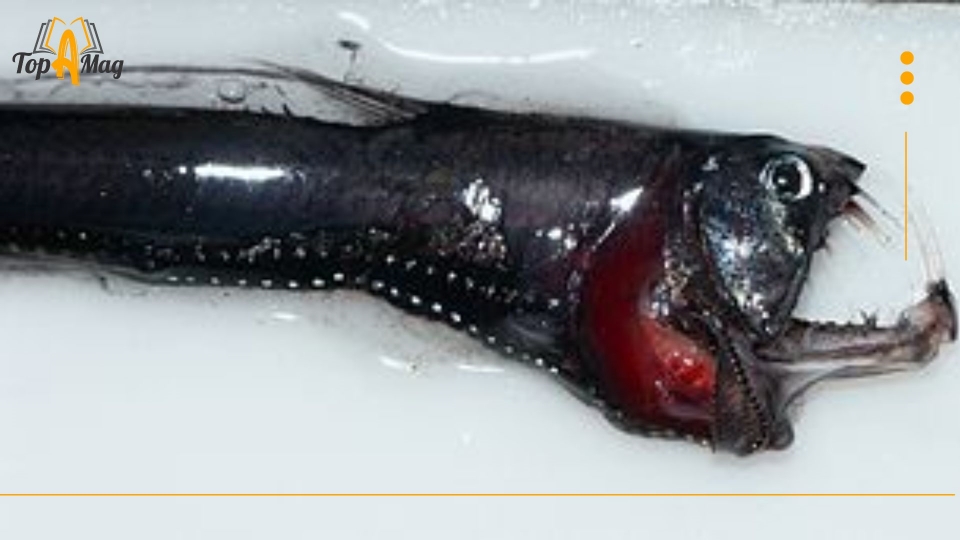
7. Sloane’s Viperfish
The Sloane’s viperfish (Chauliodus Sloane) is known for its extremely long, needle-like teeth, which are so large they cannot fit into its mouth. This terrifying trait allows it to latch onto its prey effectively. The viperfish also possesses photophores along its body, which emit light to lure prey into the darkness of the deep sea. This strategy of using light to attract prey is essential for survival at the depths where this fish resides, typically between 200 and 4,000 meters.
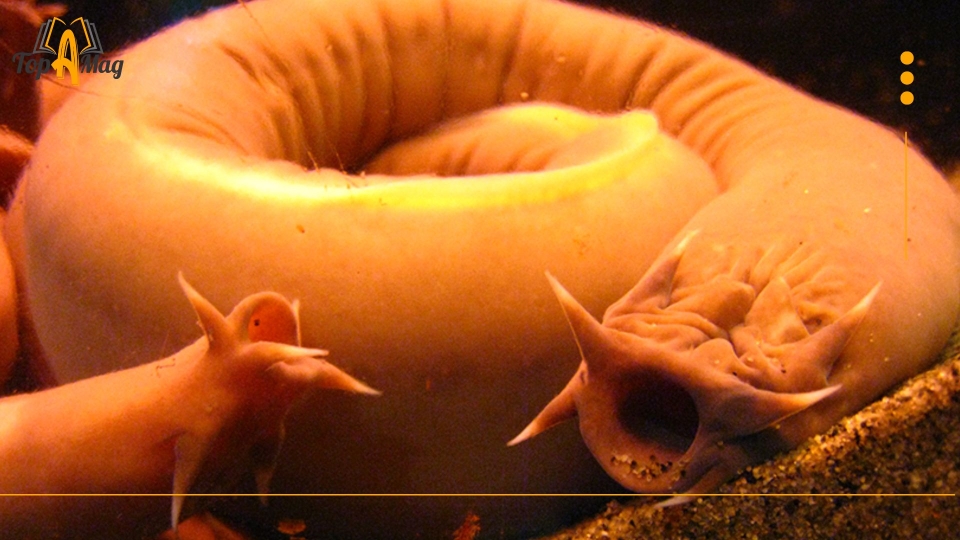
8. Hagfish
Perhaps one of the most revolting-looking fish, the hagfish (Myxini) is also one of the most ancient, with a lineage that dates back over 300 million years. This eel-like creature is jawless and has a unique defense mechanism: it secretes copious amounts of slime when threatened. The slime can clog the gills of potential predators, providing an effective escape strategy. As a scavenger, the hagfish plays a crucial role in marine ecosystems by consuming dead and decaying matter, effectively recycling nutrients.
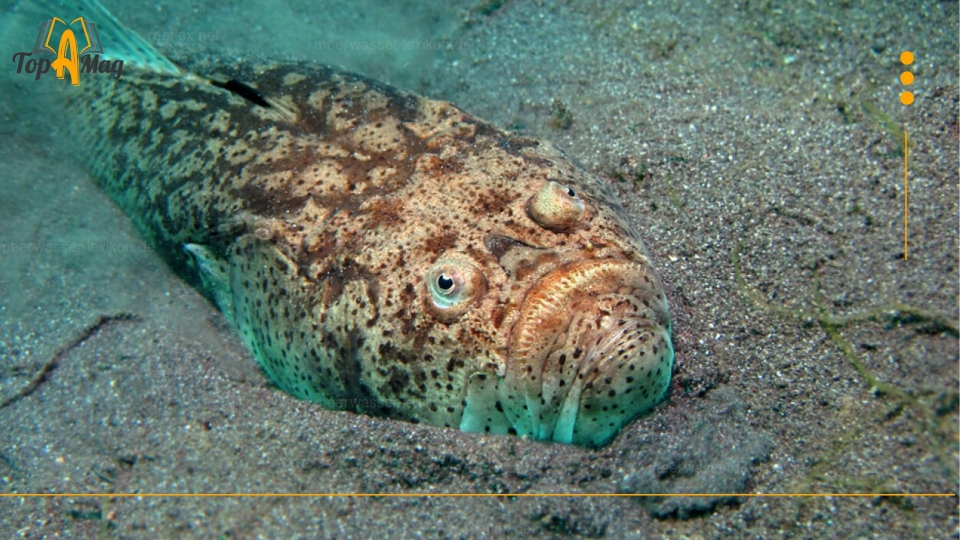
9. Whitemargin Stargazer
The white margin stargazer (Uranoscopus sulphureus) is a unique fish that buries itself in the sand, waiting for unsuspecting prey. With eyes positioned on top of its head, it constantly appears to be looking up, hence the name “stargazer.” This fish has a venomous spine and can produce an electric shock, making it one of the most dangerous creatures on the ocean floor. The stargazer’s camouflage abilities and predatory tactics make it a fascinating, albeit frightening, fish to study.
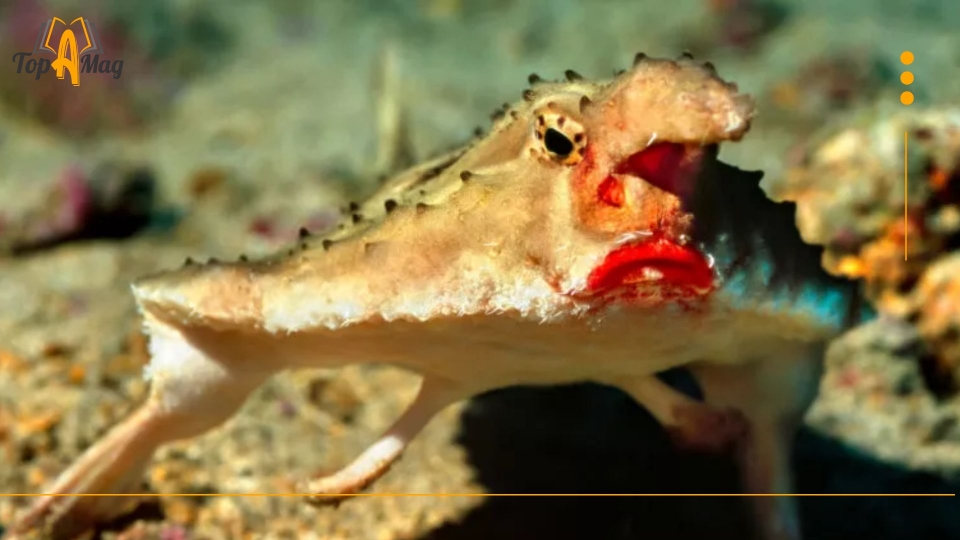
10. Red-Lipped Batfish
Last but not least is the red-lipped batfish (Ogcocephalus darwini), which looks like it’s perpetually pouting with its bright red lips. Found around the Galapagos Islands, this fish is an awkward swimmer and prefers to “walk” on the sea floor using its modified fins. The red-lipped batfish uses a head lure to attract prey, showing that even peculiar fish can be specialized hunters.
Read More: What is Branzino Fish? (Ultimate Guide)
How Do Ugly Fish Survive?
These ugly fish species are not merely aesthetic anomalies; they are evolutionary marvels. Their unusual features often provide essential survival advantages. For instance, the blobfish’s gelatinous body helps it endure the extreme pressure of deep-sea environments, while the goblin shark’s protrusible jaws allow it to catch prey more effectively. Similarly, the hagfish’s slime is an effective deterrent against predators, and the illuminated netdevil’s bioluminescent lure helps it attract prey in the darkest ocean depths.
The Role of Ugly Fish in Marine Conservation
Ugly or not, these fish are critical to maintaining the health of our oceans. Many of these species serve as bioindicators—organisms that help scientists assess the health of marine environments. The presence, absence, or health of these species can indicate changes in the ecosystem, such as pollution levels, climate change, and overfishing. Therefore, protecting these so-called ugly fish is just as crucial as conserving their more visually appealing counterparts.
Frequently Asked Questions (FAQs)
Why are some fish considered ugly?
Fish are often labeled “ugly” due to asymmetrical bodies, unusual features, or adaptations that may look strange to the human eye. However, these features usually serve essential purposes, like camouflage or predation, in their respective environments.
What role do “ugly” fish play in the ecosystem?
Ugly fish are crucial for maintaining the balance of marine ecosystems. Many act as predators or prey, and some serve as bioindicators, helping scientists monitor the health of marine habitats by their presence or absence.
How do these fish survive in extreme environments?
These fish have evolved unique adaptations to survive, such as bioluminescence, slime secretion, and specialized body structures. These traits allow them to thrive in extreme conditions like the deep sea, where food is scarce, and pressure is intense.
Are these fish at risk due to human activities?
Yes, many of these fish are threatened by human activities like overfishing, habitat destruction, and climate change. Protecting them is essential for maintaining marine biodiversity and ecosystem health.
Can these fish be considered beautiful in their own way?
Beauty is subjective; what may seem ugly to one person might appear fascinating or beautiful to another. These fish showcase nature’s ingenuity and adaptability, demonstrating that every creature has a role in the ocean’s complex web of life.
Conclusion
The term “ugly” might be a bit unfair when describing these fish. Their unusual appearances are not flaws but rather the results of millions of years of evolution, adaptations perfectly suited for their specific habitats. From the blobfish to the red-lipped batfish, these creatures showcase nature’s creativity and resilience. As we continue to explore the oceans, who knows what other fascinating and unusual species we will discover? One thing is certain: every creature, no matter how “ugly,” has a role to play in the complex web of life that sustains our planet.
Meta Description:
Discover the top 10 ugliest fish species and their vital roles in marine ecosystems, from the blobfish to the red-lipped batfish.

